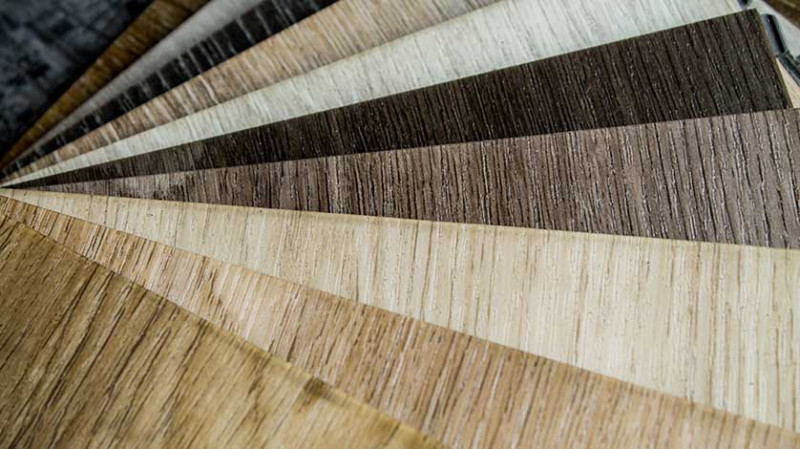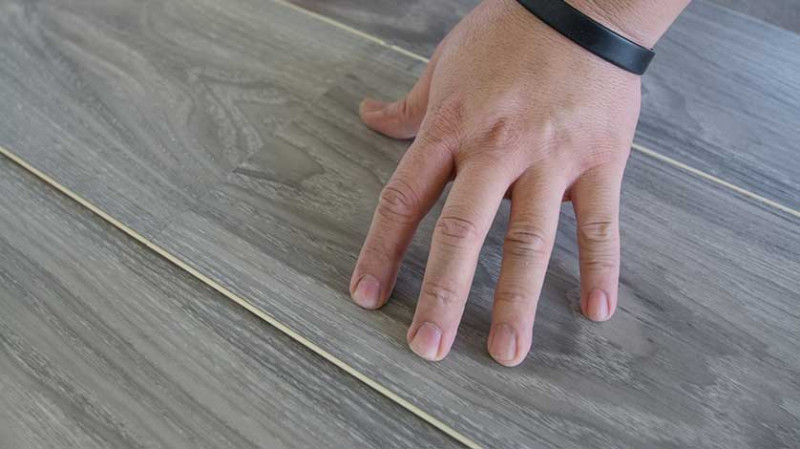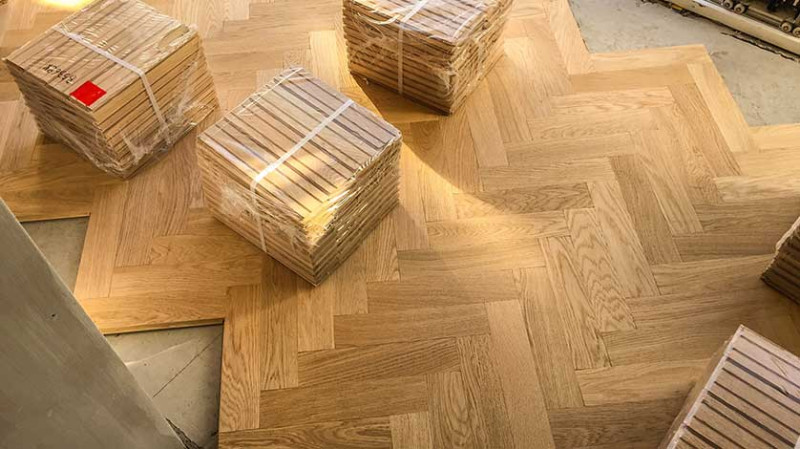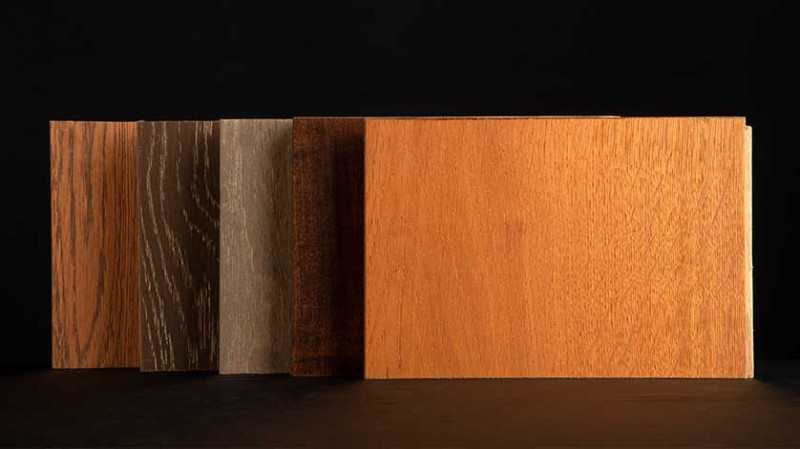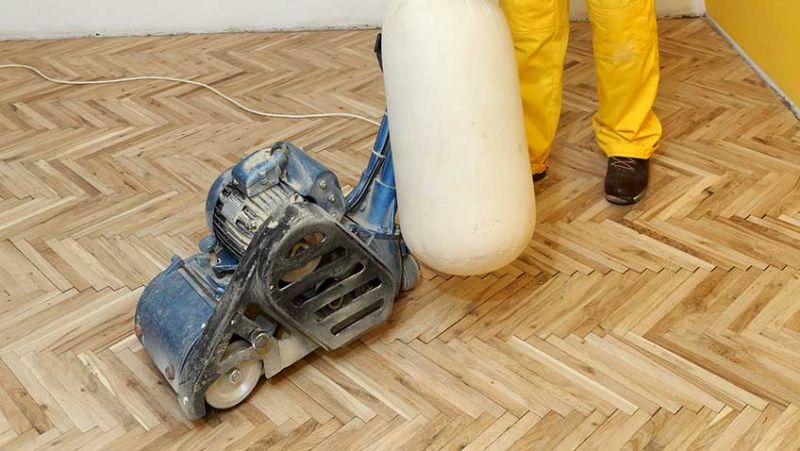
Floor sanders are a necessary tool for anyone who is refinishing their floors. They come in a variety of price ranges, and there is a floor sander for every budget. Here is a list of the best floor sanders for every budget.
For anyone on a budget, the best floor sander is the orbital sander. Orbital sanders are less expensive than other types of floor sanders, and they are just as effective.
If you have a little more to spend, the drum sander is the best choice. Drum sanders are more expensive than orbital sanders, but they are also more effective.
The best floor sander for anyone who wants the best results is the belt sander. Belt sanders are the most expensive type of floor sander, but they are also the most effective.
No matter what your budget is, there is a floor sander that will work for you. Be sure to do your research and find the best floor sander for your needs.
How to Choose the Right Floor Sander for Your Needs
When choosing a floor sander, you need to consider the type of floor you have, the size of the room, and your budget. The three most common types of floor sanders are belt sanders, orbital sanders, and drum sanders.
Belt sanders are best for large areas and are the most aggressive type of sander. Orbital sanders are best for smaller areas and are less aggressive than belt sanders. Drum sanders are best for very small areas and are the least aggressive type of sander.
The size of the room is also an important consideration when choosing a floor sander. Belt sanders are best for large rooms, while orbital sanders are best for small rooms. Drum sanders are best for very small rooms.
Your budget is also an important consideration when choosing a floor sander. Belt sanders are the most expensive type of sander, while orbital sanders are the least expensive. Drum sanders fall somewhere in between.
How to Use a Floor Sander Correctly
Floor sanders can be dangerous tools if not used correctly. Here are some tips on how to use a floor sander:
1. Always read the instructions that come with your floor sander.
2. Wear the appropriate safety gear, including goggles, a dust mask, and gloves.
3. Inspect your sandpaper before you begin. Make sure it is not damaged and that the grit is appropriate for the type of floor you are sanding.
4. Start in a small, hidden area to get a feel for how the machine works and how much pressure to use.
5. Apply even pressure as you move the sander across the floor. Be sure to overlap your strokes to avoid missing any spots.
6. Move slowly and methodically to ensure an even finish.
7. Vacuum up the dust regularly to avoid clogging the machine or breathing in too much dust.
8. Change the sandpaper often to avoid damaging the floors.
9. When you are finished, sweep or vacuum the floor to remove any remaining dust.
